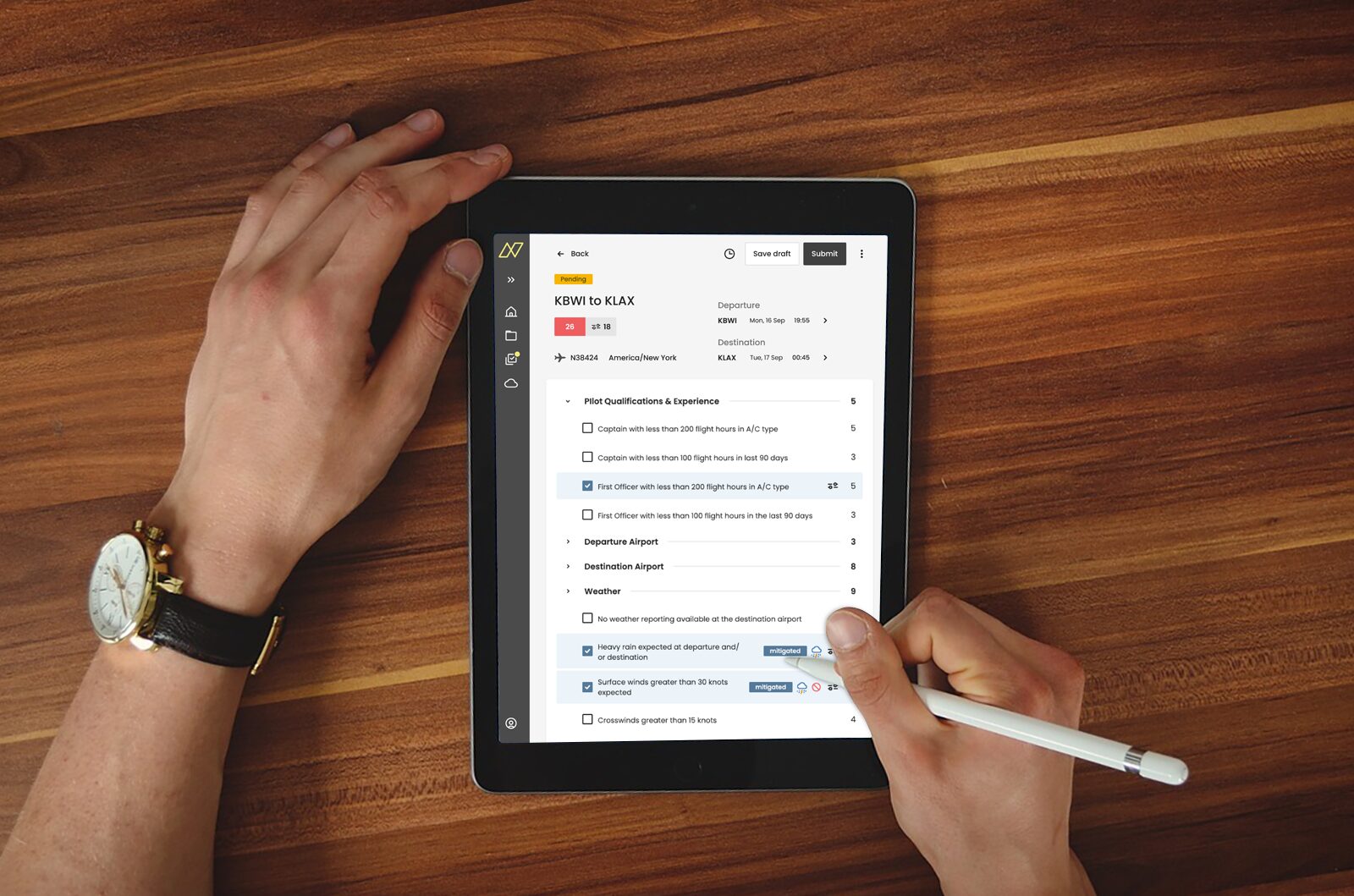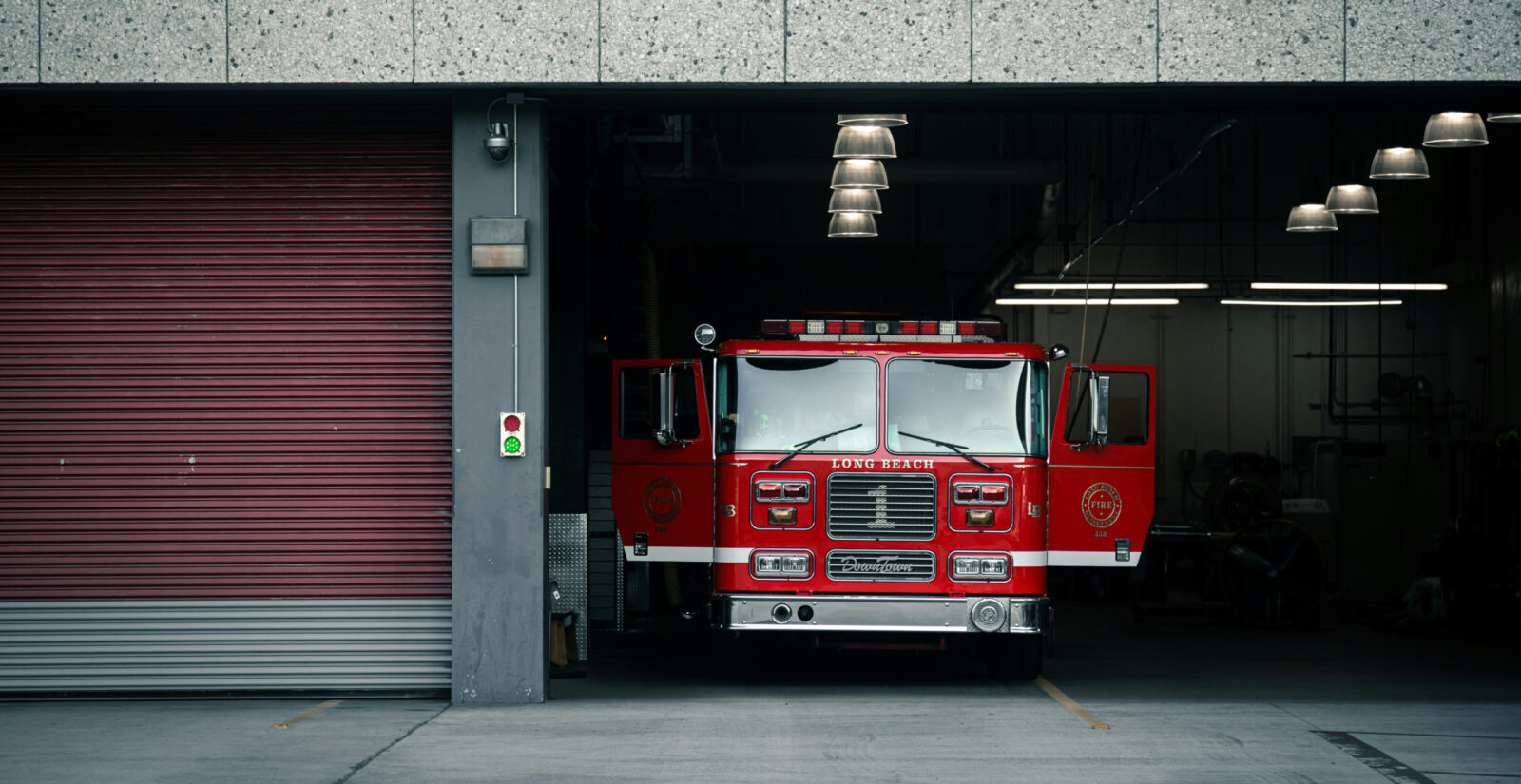Goal setting is a great way to track performance and monitor achievements. It is also an effective way of improving your safety culture. But how do you get started? What exactly are these safety goals comprised of? And how do safety goals fit into a Safety Management System? Though there may not be any regulatory implications if an organization does not define its safety goals, they are a key part of SMS and the continuous improvement process of an operator.
Where to start when setting safety goals
There is a good chance that you already have safety goals, but just haven’t formalized them. So, gather your team (e.g., pilots, dispatchers, maintenance, administrative, etc.) and create a list of all the things you think could help you improve safety. If you find you are having trouble getting started, think back on past issues and use previously submitted reports, if you have them, as a starting point. Perhaps for example, you need to revise your SOPs or implement an ERP. Once you create your “to do’s” you are in a good place to begin developing safety goals.
Defining your safety goals
Now it’s time to focus on what kind of goals you’d like to set. A solid goal to work toward would, for instance, be to establish and maintain a thorough and just safety culture. This entails open and honest communication and making sure everyone feels comfortable in providing safety-related information. This could mean formalizing your goals via dedicated safety meetings or reviews, taking minutes, and keeping records. Essentially, it’s all about establishing structure around your safety plan. Safety goals need not be limited to aviation-related issues. Things unrelated to the aircraft could also impact flight safety, so it’s good to take a holistic approach when thinking about safety.
To develop effective goals, you have to make sure they are well defined and can be tracked. The SMART-method is a common tool that can be used to ensure you are developing sound goals. With this method all goals should be:
- Specific
Goals should be very clear in what they are trying to accomplish. You should consider who will need to be involved, what you are trying to do, and outline additional steps that need to be taken in order to achieve each goal. - Measurable
Using metrics you can measure when you have completed your goal and thereby help you ensure you are setting a goal that will result in the outcome you are looking for. Additionally, these metrics will allow you to track your progress and keep you motivated. - Attainable
Goals should be something you are reaching for, so they should be something that challenges you. However, to stay motivated they must be attainable. If you find that your initial goal is a bit ambitious or long term, try breaking it up into smaller ‘sub-goals’ that, when completed, will bring you closer to your ultimate goal. - Relevant
There may be a lot of different goals you can come up with for an operation, but you can’t set them all at once. After you come up with your list of goals think about which ones best align with the primary objectives of your operation and which ones you think will have the greatest short-term impact. Then move on to any additional goals you identified. - Time-bound
Putting deadlines on your goals will help keep you motivated and on schedule. Think about the resources and time available to you, and then tag each goal with a deadline, such as a number of months, before an upcoming scheduled maintenance event, etc.
Setting your safety goals
Team involvement is critical when establishing safety goals. Principal actors such as the Flight Department Manager, Chief Pilot, Director of Maintenance, and Safety Officer should be involved to better assure buy in. Different viewpoints are also critical, so make sure everyone has a say in what’s happening. Safety Management is all about getting everyone to participate. Employees should receive regular updates, and safety should be a part of a new hire’s onboarding experience.
Safety goals can also differ based on roles. For example, a goal for pilots could be revamping their standard operating procedures, whereas the technicians could make it a goal to review all hangar equipment. As for the Safety Officer, their goal may be to make sure the personnel in the flight department are all appropriately trained.
Finally, safety goals should be reviewed periodically and adjusted as often as needed.
Part of the bigger safety picture
Setting up an SMS program can be a great catalyst for defining safety goals. It can help you set those goals and once metrics start coming in, it’s possible to observe trends and identify areas in need of improvement, thus allowing the department to adjust its safety goals and revise procedures based on the data observed.
With platforms like our software, you can more easily set and adjust safety goals as needed by keeping track of data and identifying trends. With Incident/Hazard and Change Management forms, as well as Read & Initial tracking, you can identify safety risks and then effect change; all the while easily verifying that everyone is in the loop.
Have more questions about setting safety goals? Want to know more? Don’t hesitate to call us for more information.
Related Resources
View All
View All

14 CFR Part 5: SMS Compliance for Part 135 Operators
Learn more

The Most Common Risks Operators Face Day to Day
Learn more

When To Do a Risk Assessment
Learn more

Your Aviation Emergency Response Plan (ERP): Three Critical Items To Keep In Mind
Learn more
